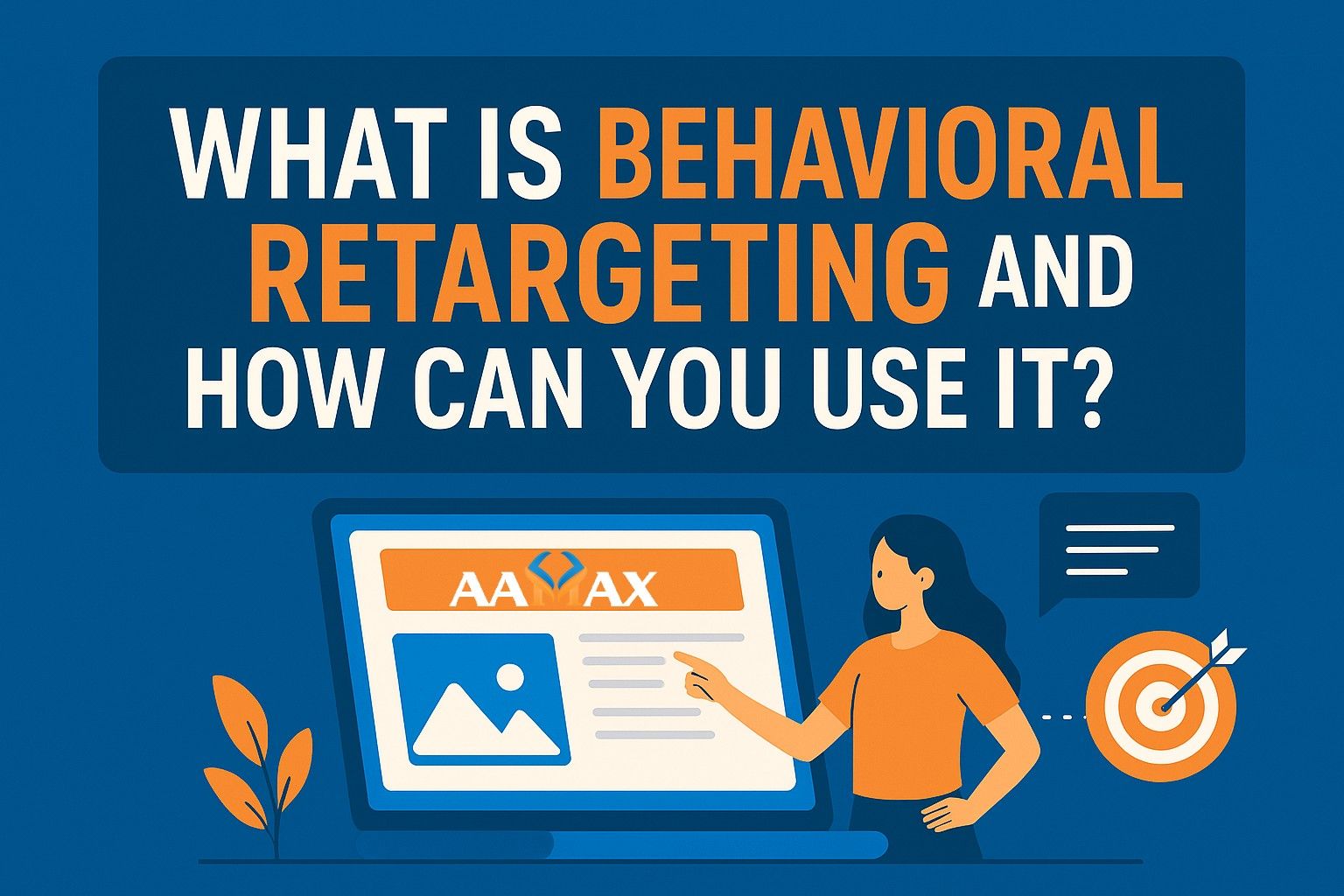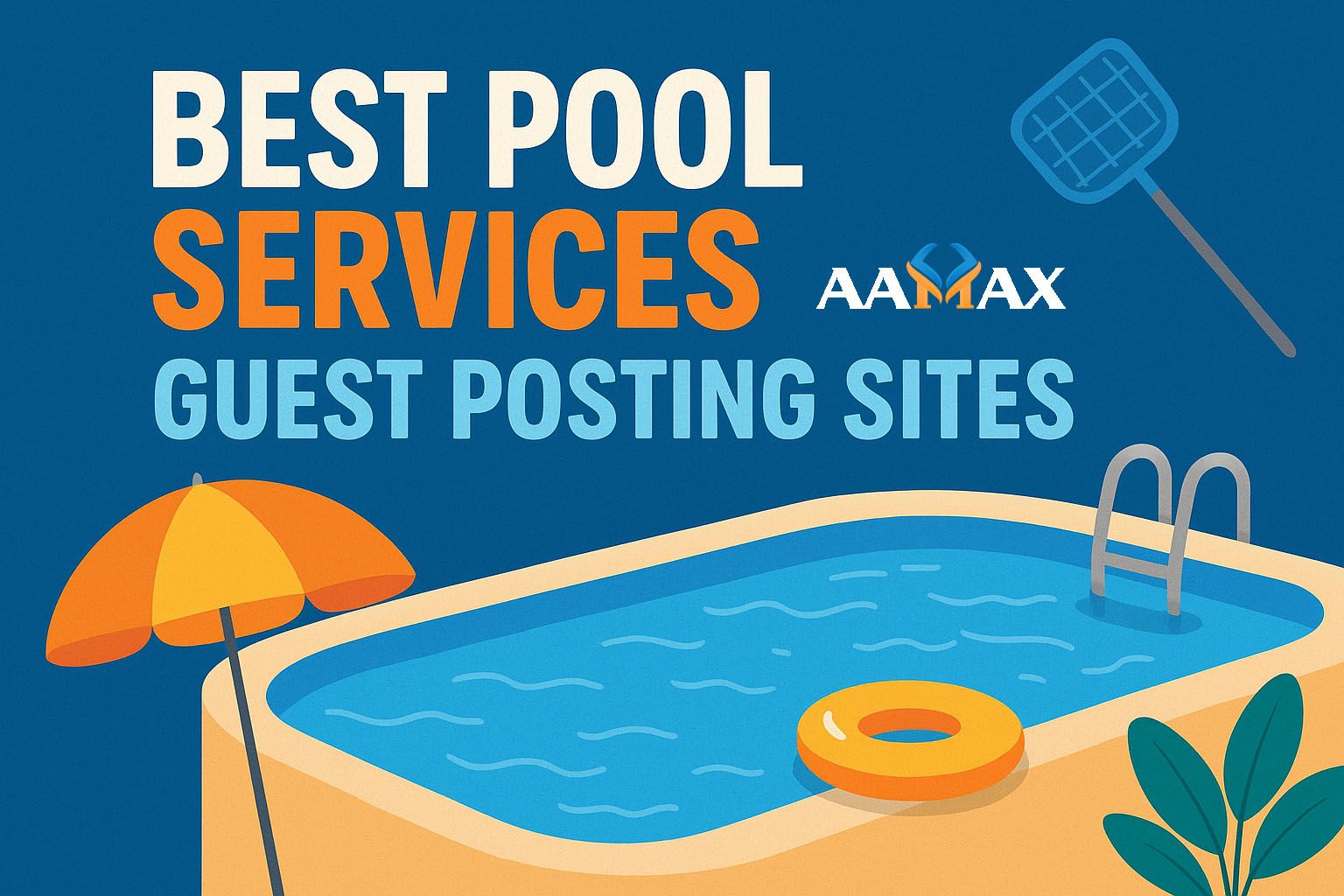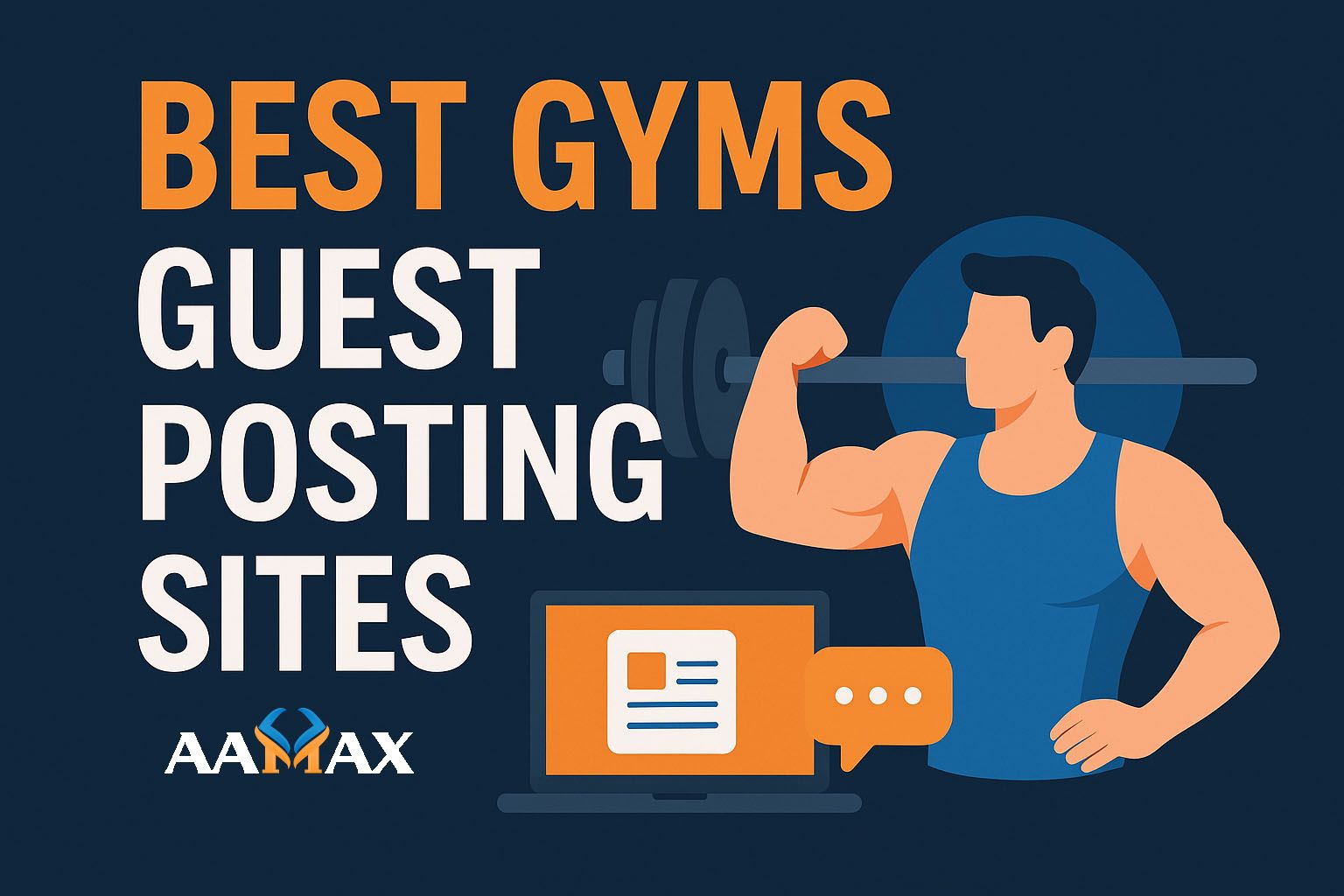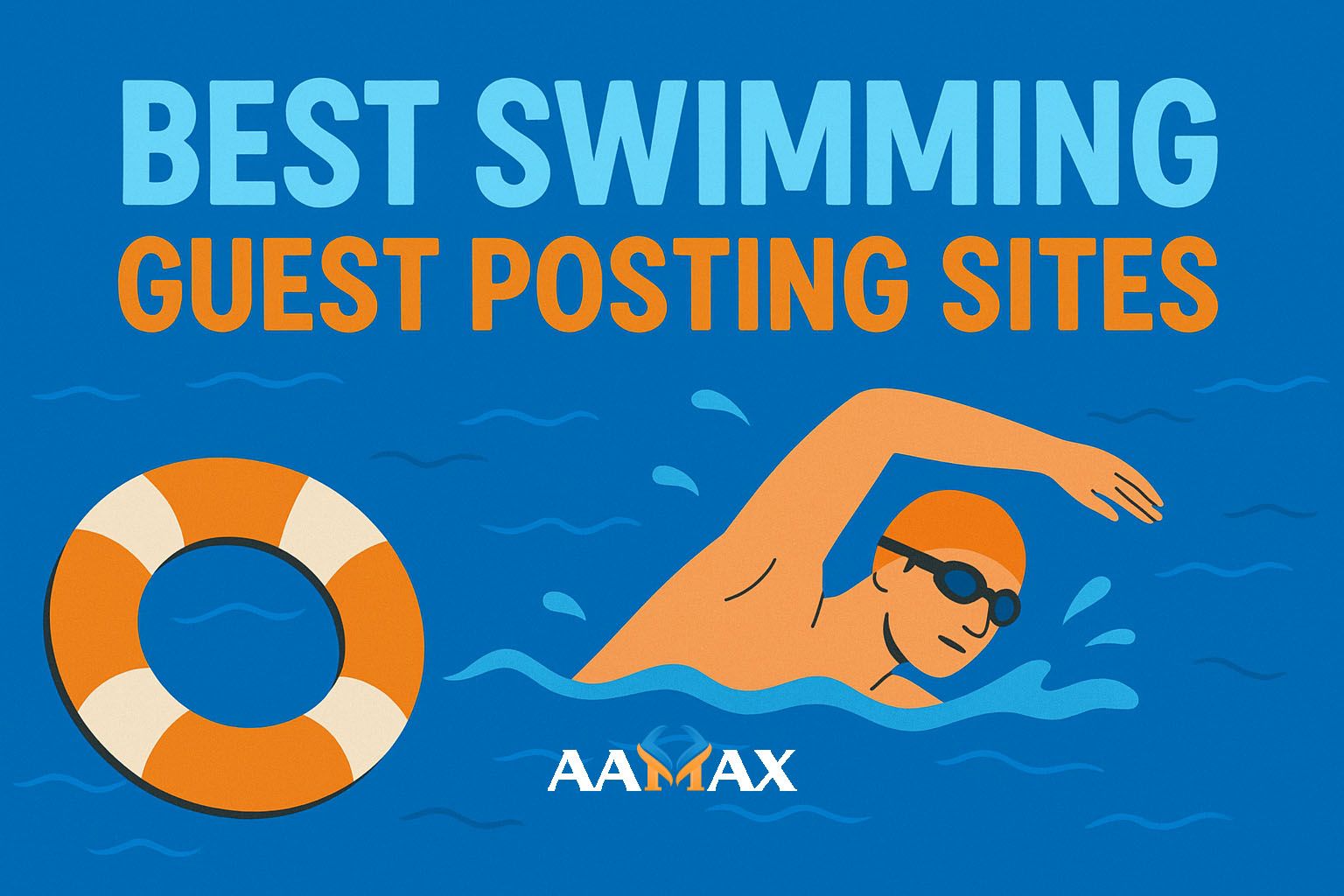
What Is Behavioral Retargeting and How Can You Use It?
If you’ve ever visited a website, browsed a product, and then later noticed ads for that same product following you across different platforms, you’ve experienced behavioral retargeting. This marketing strategy is one of the most effective ways to reconnect with potential customers who showed interest in your product or service but didn’t complete a purchase or desired action.
In today’s digital environment, where competition is fierce and attention spans are short, behavioral retargeting allows businesses to stay top-of-mind with their audience. This guide explores what behavioral retargeting is, how it works, why it’s important, and how you can use it to maximize conversions.
What Is Behavioral Retargeting?
Behavioral retargeting is a digital marketing strategy that targets users based on their previous online behavior. This could include:
- Visiting your website or specific product pages
- Adding items to their cart but not checking out
- Downloading a resource or engaging with a blog post
- Clicking an ad but not converting
- Spending a certain amount of time browsing your site
The idea is simple: by analyzing user behavior, marketers can deliver relevant ads or messages to re-engage those users and bring them back into the sales funnel.
For example:
A customer visits an online clothing store, browses shoes, and leaves without purchasing. Later, while scrolling through social media or reading news online, they see an ad featuring the exact pair of shoes they viewed. This tailored experience is behavioral retargeting in action.
Why Behavioral Retargeting Matters
Retargeting matters because most website visitors don’t convert on their first visit. Studies show that over 95% of users leave a website without completing a purchase. Without retargeting, those potential customers may never return.
Behavioral retargeting solves this challenge by reminding users of their interest and encouraging them to revisit. Benefits include:
-
Increased Conversions
Reconnecting with warm leads increases the likelihood of sales compared to targeting cold audiences. -
Better Personalization
Ads tailored to a user’s specific behavior feel more relevant and less intrusive. -
Cost Efficiency
Instead of targeting broad audiences, retargeting focuses on people already familiar with your brand. -
Improved Brand Recall
Consistently showing up after initial engagement reinforces brand awareness. -
Shortened Sales Cycles
Reminders nudge customers toward faster decision-making.
How Behavioral Retargeting Works
Behavioral retargeting relies on tracking technology, typically cookies or pixels, to collect user behavior data. Here’s a simplified breakdown of the process:
-
User Visits a Website
A visitor browses your website or engages with content. -
Tracking Data Captured
Cookies, tracking pixels, or tags record the user’s activity (e.g., pages viewed, items added to cart). -
Audience Segmentation
Based on their behavior, users are grouped into segments such as "cart abandoners" or "content readers." -
Ad Delivery
When the user visits other websites, platforms like Google Display Network or Facebook show them tailored ads. -
Re-Engagement
Users click the retargeted ad and are guided back to the original site to complete the desired action.
This process ensures that businesses only spend money advertising to people who already demonstrated interest.
Types of Behavioral Retargeting
Not all retargeting strategies are the same. Below are the main types:
1. Site Retargeting
Targets users who visited your website but didn’t convert. Ads remind them of your brand as they browse other sites.
2. Search Retargeting
Shows ads to users based on the search queries they made, even if they haven’t visited your site yet.
3. Email Retargeting
Triggered by actions taken in emails—such as opening an email or clicking a link without completing the conversion.
4. Social Media Retargeting
Uses platforms like Facebook, Instagram, or LinkedIn to retarget users who interacted with your content or visited your site.
5. Dynamic Retargeting
Highly personalized ads that display specific products or services a user viewed. For example, showing a carousel ad of abandoned cart items.
Behavioral Retargeting vs. Traditional Advertising
Traditional advertising casts a wide net, targeting broad demographics or interests. While it builds awareness, it lacks personalization.
Behavioral retargeting, on the other hand, focuses on users with demonstrated intent. Instead of generic ads, these campaigns serve tailored content, making them more relevant and effective.
This difference often results in higher ROI for retargeting campaigns compared to standard digital advertising.
Benefits of Behavioral Retargeting for Businesses
Let’s break down the advantages in detail:
- Higher Engagement: Personalized ads based on user behavior typically achieve higher click-through rates.
- Optimized Ad Spend: Marketers spend budget on audiences more likely to convert.
- Cross-Sell Opportunities: Retargeting can showcase complementary products to past buyers.
- Customer Retention: Not just for new prospects—retargeting can re-engage existing customers for repeat purchases.
- Data Insights: Tracking user behavior provides valuable insights for broader marketing strategies.
Challenges in Behavioral Retargeting
Like any marketing strategy, retargeting has its hurdles:
-
Ad Fatigue
Overexposing users to retargeted ads can annoy them and cause negative associations. -
Privacy Concerns
With stricter data privacy laws (GDPR, CCPA), businesses must handle tracking carefully and ethically. -
Frequency Management
Striking the right balance of how often ads are shown is key to maintaining engagement. -
Creative Limitations
Ads must be diverse and engaging—repeating the same ad reduces effectiveness. -
Attribution Complexity
Determining which retargeting touchpoint contributed to conversion can be challenging.
Best Practices for Effective Behavioral Retargeting
Here are proven strategies to maximize success:
1. Segment Your Audience
Not all visitors are equal. Segment by:
- Page views (homepage vs. product pages)
- Engagement level (time spent, resources downloaded)
- Funnel stage (awareness vs. decision stage)
2. Use Dynamic Ads
Personalize ads with the exact product or service the user interacted with. This makes the ad feel highly relevant.
3. Control Frequency
Limit how often ads are shown to prevent overwhelming users. Balance is essential for keeping campaigns effective.
4. Optimize Landing Pages
Ensure the page users are redirected to is optimized for conversion. A smooth, relevant experience increases results.
5. Experiment with Creative Formats
Use different ad types such as carousels, videos, or testimonials to keep campaigns fresh and engaging.
6. Integrate Cross-Channel Retargeting
Don’t just rely on one platform—combine search, social, and display retargeting for broader reach.
7. Track and Measure Results
Use KPIs like CTR, conversion rate, and ROAS to assess performance and refine strategies.
Real-World Examples of Behavioral Retargeting
-
Amazon
Known for highly effective dynamic retargeting, Amazon frequently reminds users of products they viewed but didn’t purchase. -
Airbnb
Retargets users who search for stays but don’t book, showing them ads featuring the same or similar destinations. -
E-commerce Stores
Many online shops retarget cart abandoners with discount codes, nudging them toward checkout.
These examples demonstrate the power of retargeting in guiding users back to conversion.
The Future of Behavioral Retargeting
With the decline of third-party cookies and increasing privacy regulations, the future of retargeting will evolve. Marketers are moving toward:
- First-Party Data: Collecting and leveraging customer data directly from interactions.
- Contextual Advertising: Delivering ads based on page content rather than user behavior.
- AI and Machine Learning: Smarter algorithms for predicting user intent and delivering more relevant ads.
- Consent-Based Tracking: Ensuring compliance with privacy laws while maintaining personalization.
Businesses that adapt to these changes will continue to succeed with retargeting strategies.
Partner With Experts to Maximize Your Retargeting Strategy
Setting up effective behavioral retargeting campaigns requires the right tools, audience segmentation, ad creative, and analytics. Many businesses struggle to manage all these moving parts without expert help.
This is where working with digital marketing professionals makes a difference. If you’re looking for a team that can design data-driven campaigns and deliver results, consider partnering with AAMAX. AAMAX is a full-service digital marketing company offering Web Development, Digital Marketing, and SEO Services. With expert strategies, they can help you harness behavioral retargeting to increase conversions and grow your business.
Conclusion
Behavioral retargeting is a powerful marketing strategy that re-engages potential customers based on their past actions. By using insights from user behavior, businesses can deliver personalized ads that drive conversions, build brand awareness, and maximize ROI.
From segmenting audiences to using dynamic ads and controlling frequency, successful retargeting requires thoughtful execution and ongoing optimization. As privacy laws and technology evolve, marketers must adapt—but the core principle of delivering relevant, personalized messages will remain.
Whether you’re running an e-commerce store, SaaS platform, or service-based business, behavioral retargeting provides a valuable way to reconnect with prospects and guide them back to your brand.







